The advancements in power electronics have shown considerable improvement in satisfying the need for voltage stability and power quality improvement by introducing Flexible AC Transmission Systems (FACTS) technology. The main functions of these devices are reactive power compensation, voltage control, and power flow control to enhance better power quality in modern power systems.
- optimization
- FACTS technologies
- distributed generators
1. Introduction
The first generation of FACTS devices were mechanically controlled capacitors, inductors, and phase-shifting transformers with mechanical on-load tap changers [1]. The second generation was developed such that thyristor valves replace the mechanical switches. This gave a significant improvement in the speed of the devices. The third generation was designed using voltage source converter (VSC) based devices [1]. These devices provide multiple and total control of the power system parameters [2]. To further extend the application of FACTS devices to a distribution network, there are custom power (CP) devices similar to FACTS devices, except that they are used only in distribution networks. An example is the distributed synchronous static compensators D-STATCOM [3]. The modification of FACTS to CP to be used in distributed networks can be considered as the foundation for the fourth generation of FACTS technologies. This advancement expands the application of FACTS controllers from being used only in transmission networks to deregulated CPPS networks.
2. Benefits of FACTS Technology in Power System
3. Classification of FACTS Controllers
3.1. Series Controllers
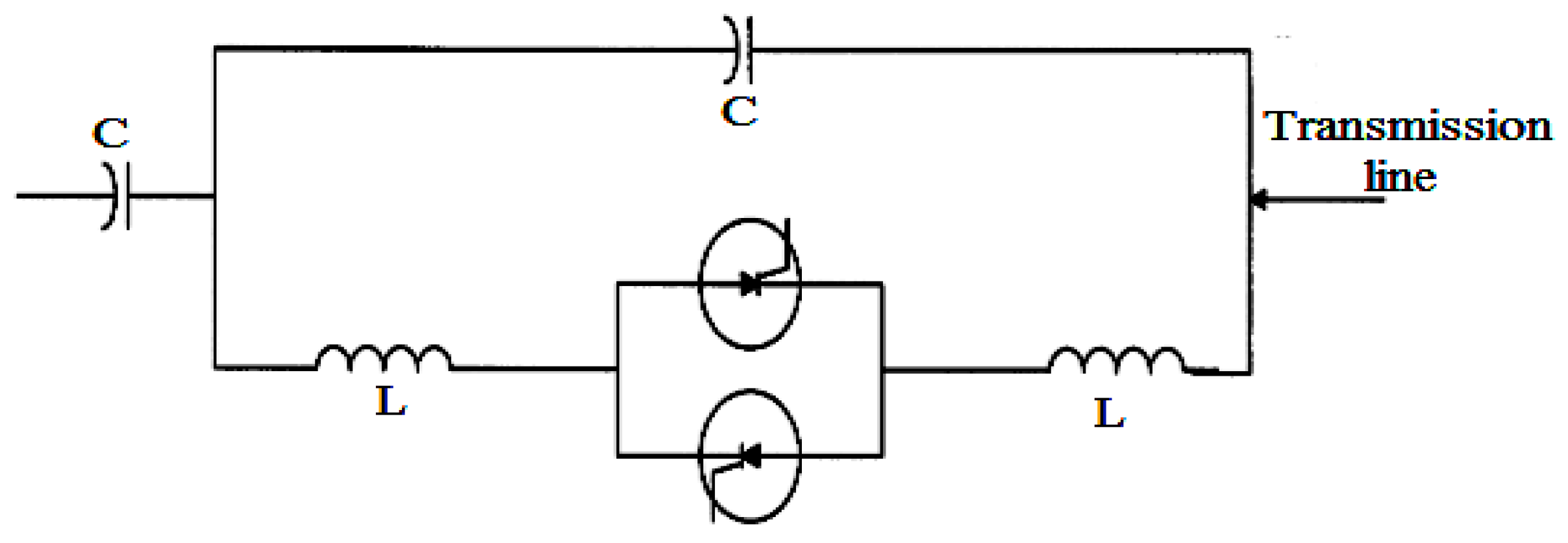
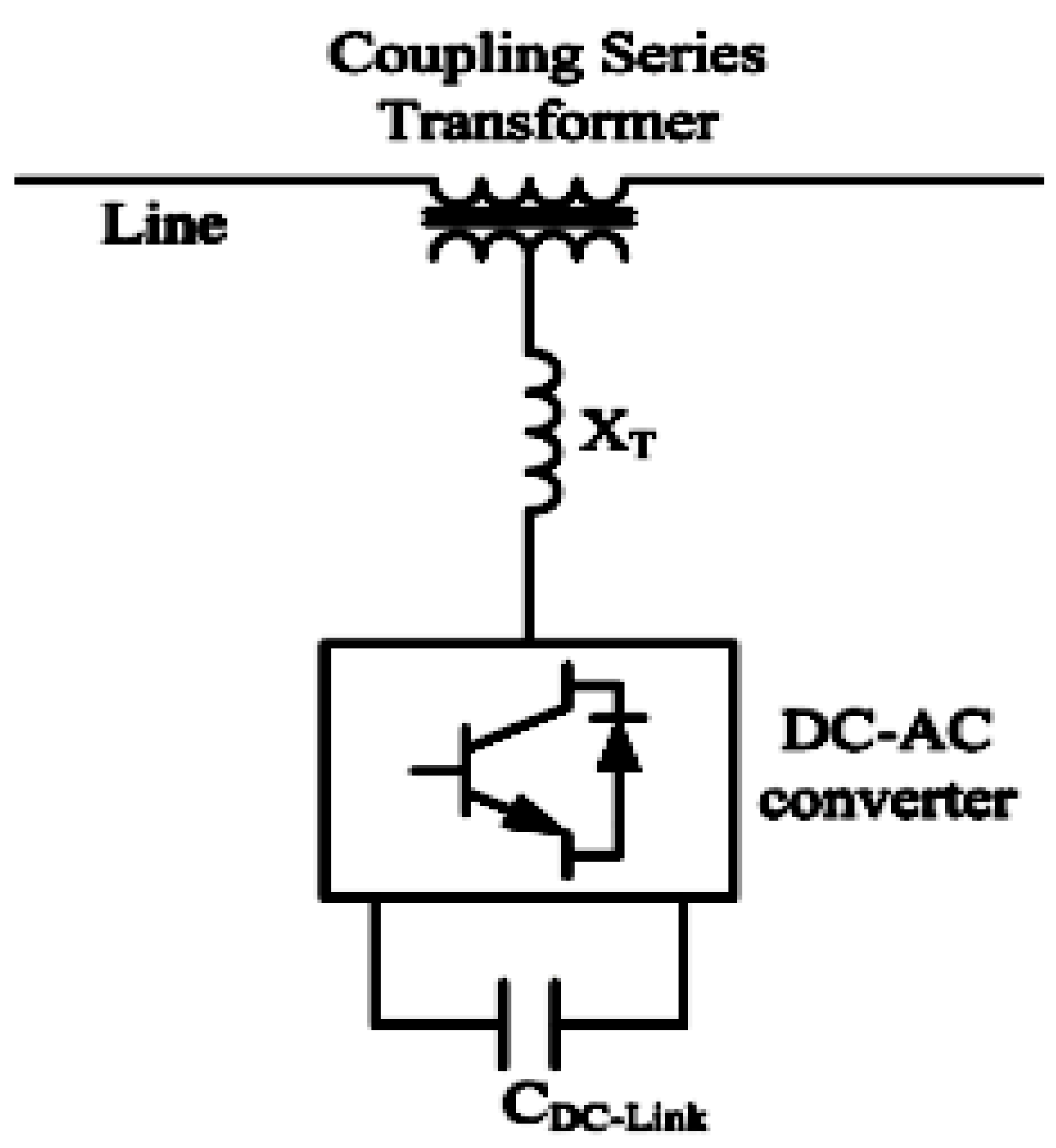
3.2. Shunt Controllers
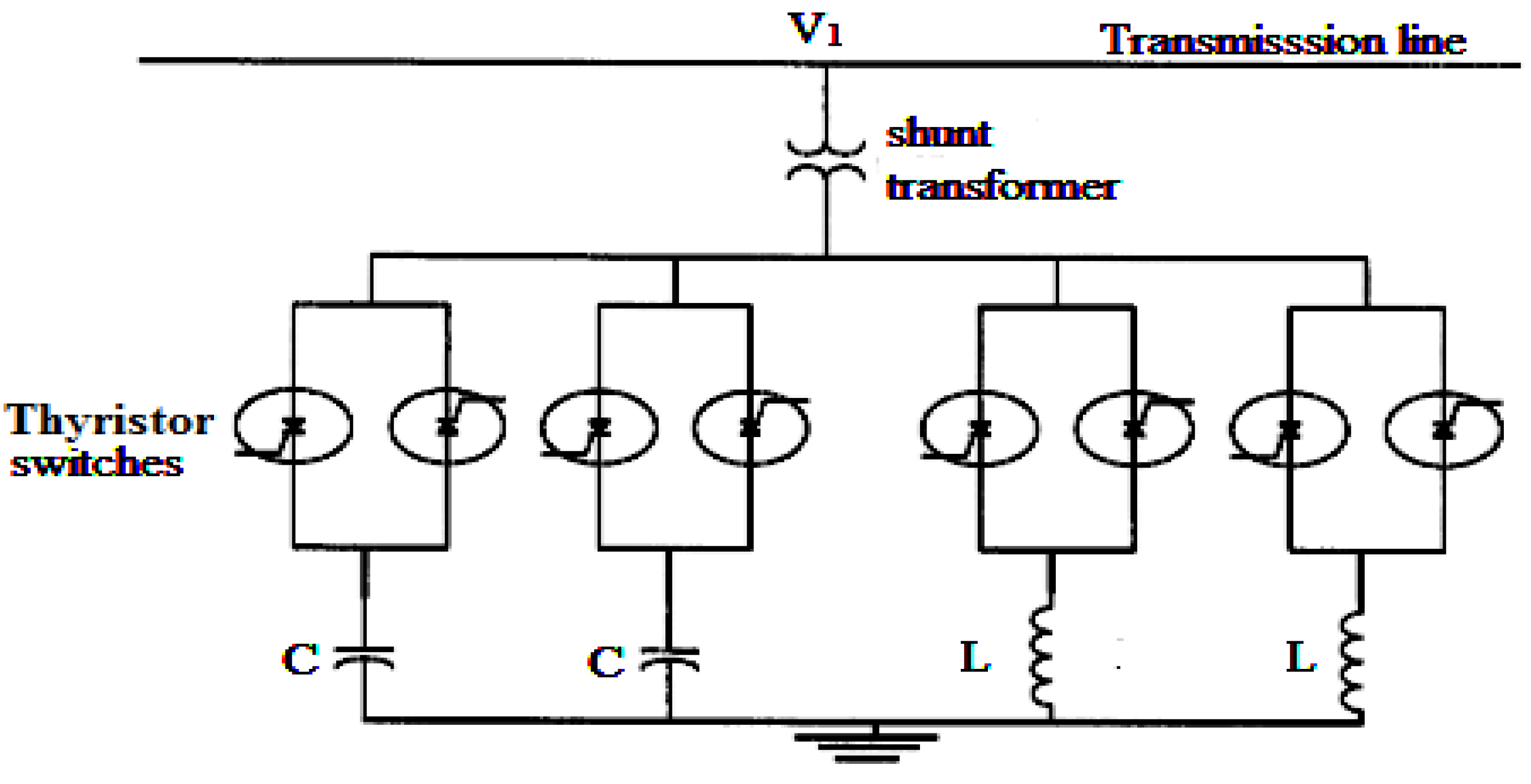
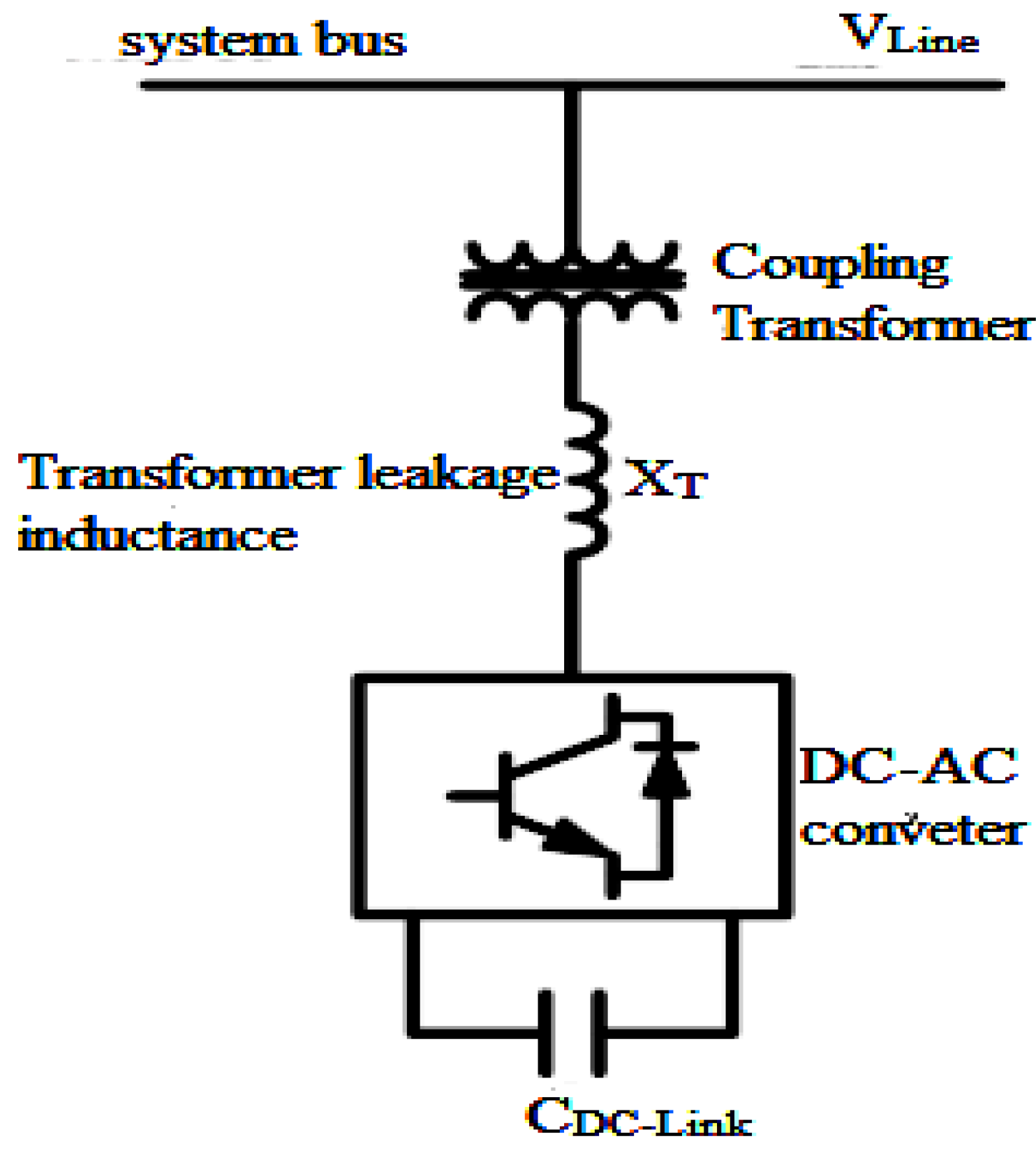
3.3. Combined Series-Series Controllers
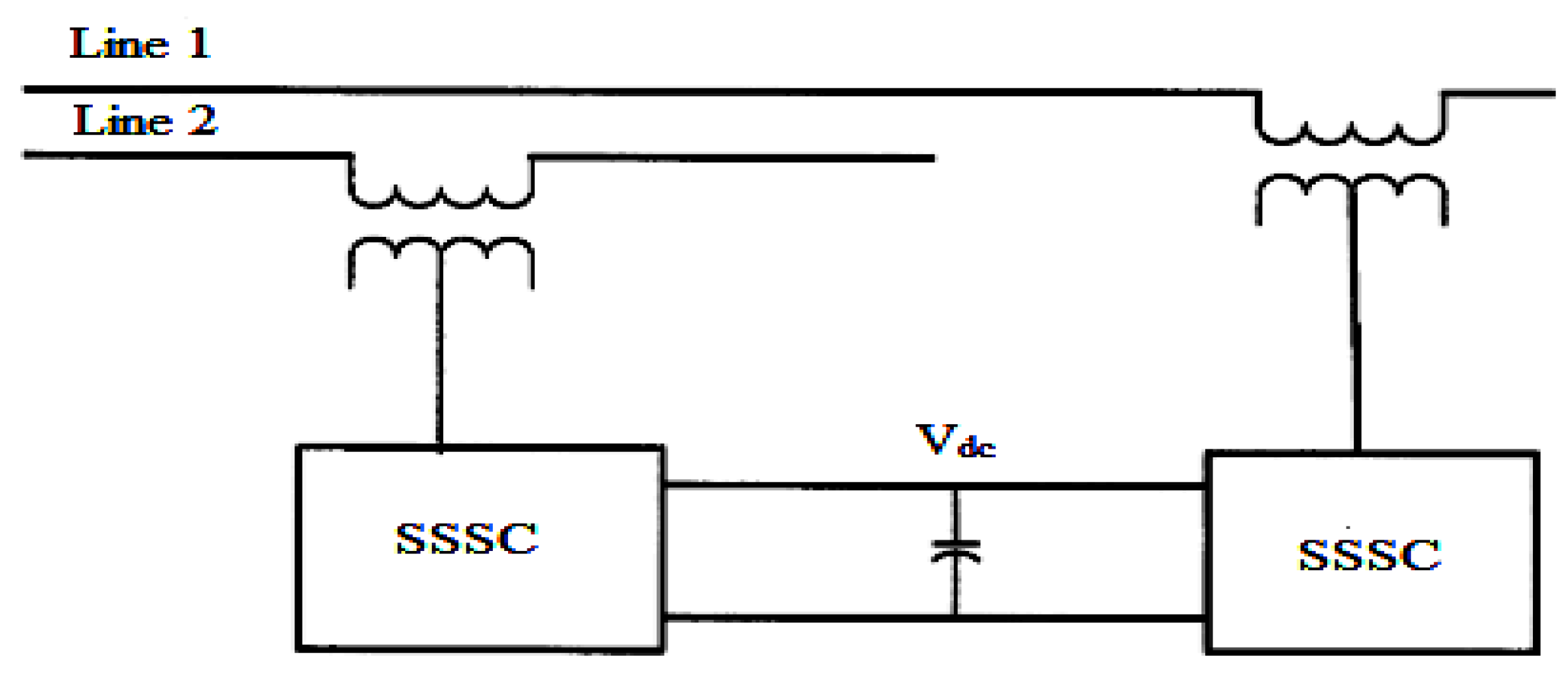
3.4. Combined Series-Shunt Controllers
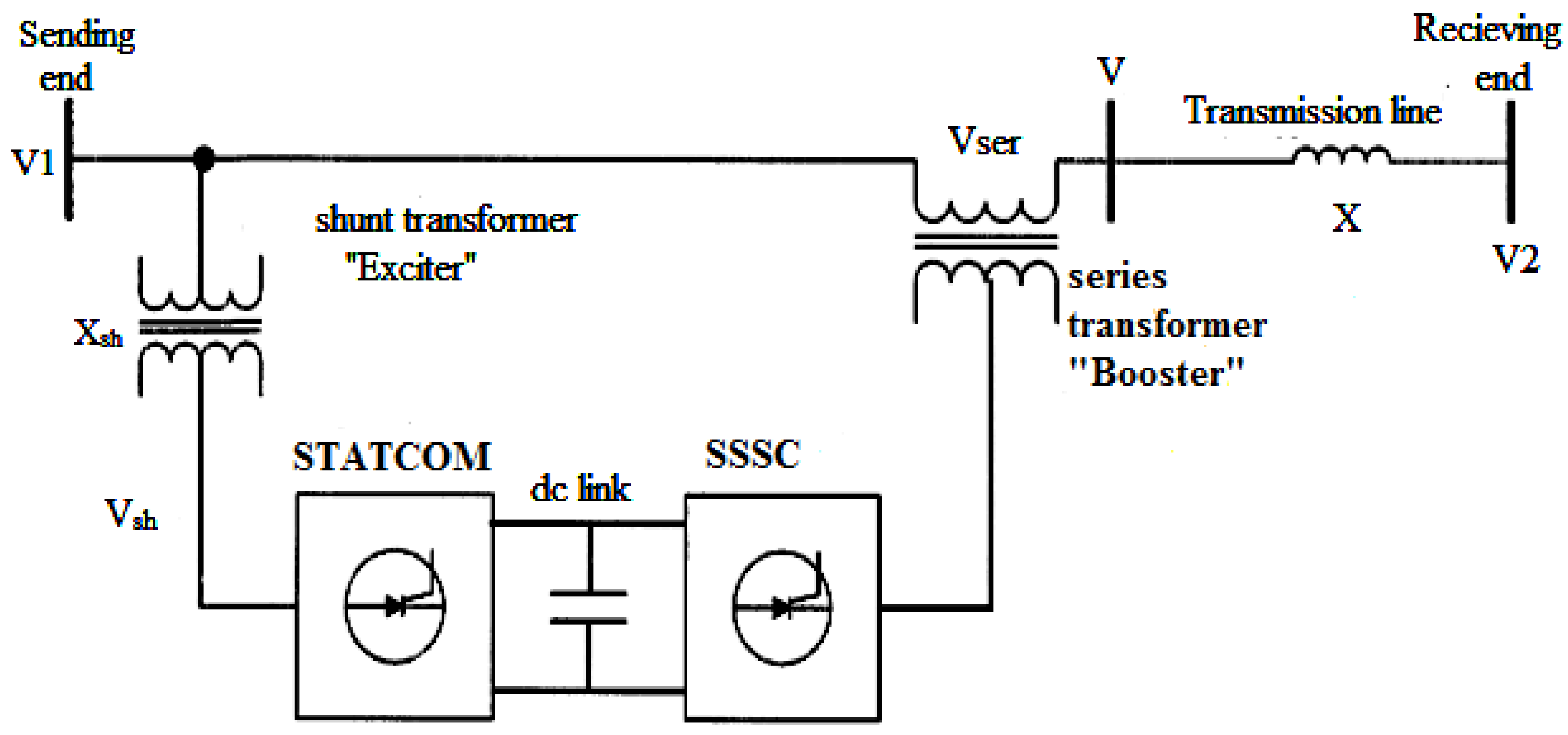
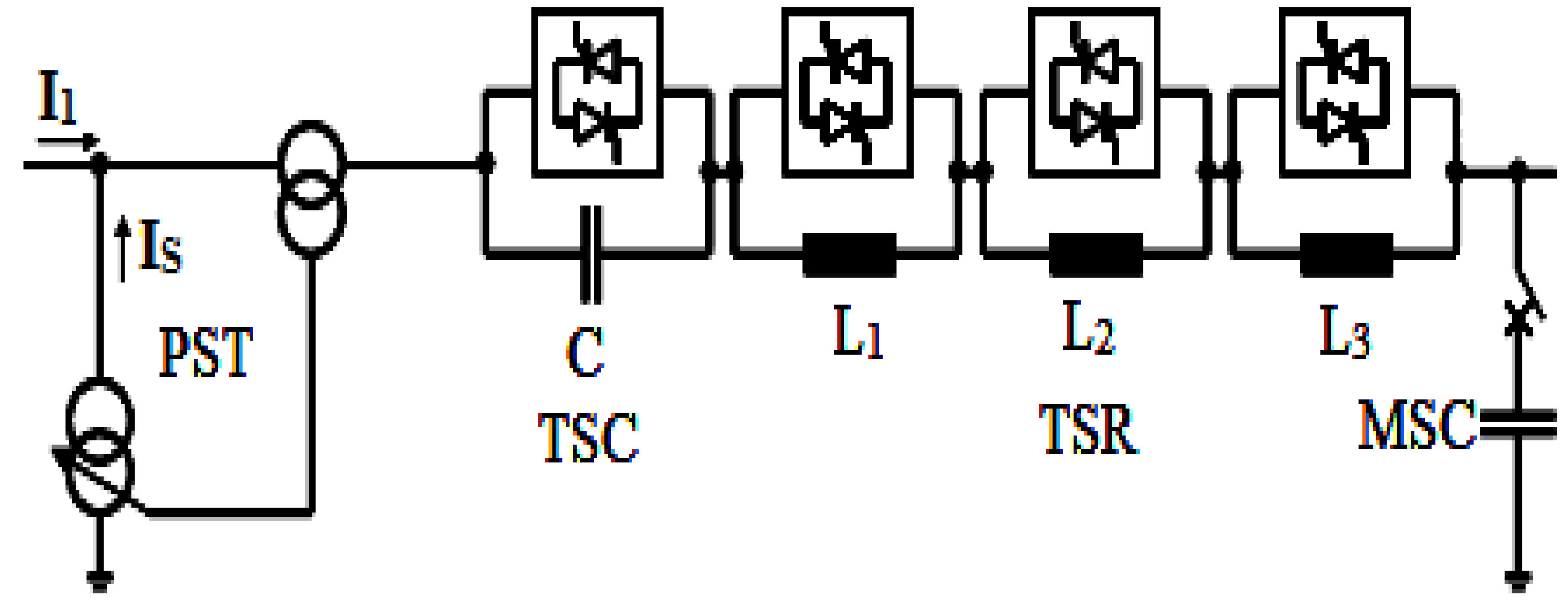
3.5. The Merit of the Voltage Source Converter Based FACTS over Thyristor Controlled Devices
- They consist of voltage source converters designed with an insulated-gate bipolar transistor or integrated gate-commutated thyristor, making them capable of controlling their output voltage;
- With the voltage source converters, there is no risk of shunt or series resonant with the inductive line impedance that may initiate sub-synchronous oscillation;
- They can control their output voltage over the whole VA rating independent of the AC system parameters;
- They exchange controllable real power with AC system.
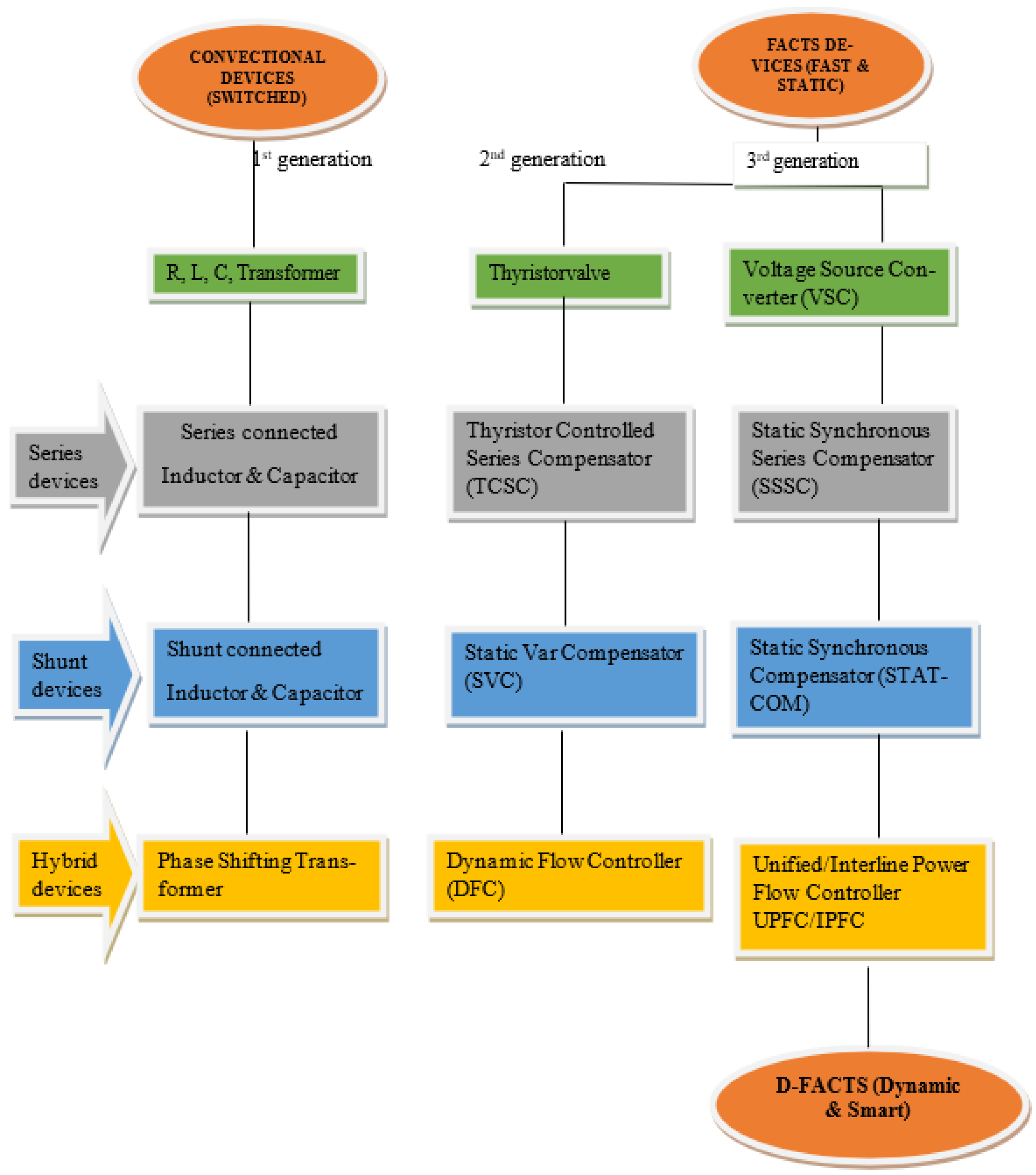
3.6. Distribution-FACTS Controllers
This entry is adapted from the peer-reviewed paper 10.3390/su14137707
References
- Seifi, A.; Gholami, S.; Shabanpour, A. Power Flow Study and Comparison of FACTS: Series (SSSC), Shunt (STATCOM), and Shunt-Series (UPFC). Pacific. J. Sci. Technol. 2010, 11, 129–137.
- Hingorani, N.G.; Gyugyi, L. Understanding FACTS: Concepts and Technology of Flexible AC Transmission Systems; IEEE Press: Piscataway, NJ, USA; Wiley: New York, NY, USA, 2000; Volume 148, ISBN 0780334272.
- Sirjani, R.; Rezaee Jordehi, A. Optimal placement and sizing of distribution static compensator (D-STATCOM) in electric distribution networks: A review. Renew. Sustain. Energy Rev. 2017, 77, 688–694.
- Dawn, S.; Tiwari, P.K.; Goswami, A.K. An approach for long term economic operations of competitive power market by optimal combined scheduling of wind turbines and FACTS controllers. Energy 2019, 181, 709–723.
- Yu, Z.; Lusan, D. Optimal placement of FACTs devices in deregulated systems considering line losses. Int. J. Electr. Power Energy Syst. 2004, 26, 813–819.
- Rath, S.; Sahu, B.P.; Dash, P. Power system operation and control using FACT Devices. Int. J. Eng. Res. Technol. 2012, 1.
- Samimi, A.; Naderi, P. A New Method for Optimal Placement of TCSC Based on Sensitivity Analysis for Congestion Management. Smart Grid Renew. Energy 2012, 3, 10–16.
- Singh, S.; Pujan Jaiswal, S. Enhancement of ATC of micro grid by optimal placement of TCSC. Mater. Today Proc. 2019, 34, 787–792.
- Ersavas, C.; Karatepe, E. Optimum allocation of FACTS devices under load uncertainty based on penalty functions with genetic algorithm. Electr. Eng. 2017, 99, 73–84.
- Sharma, A.; Jain, S.K. Gravitational search assisted algorithm for TCSC placement for congestion control in deregulated power system. Electr. Power Syst. Res. 2019, 174, 105874.
- Mahdad, B.; Srairi, K. Application of a combined superconducting fault current limiter and STATCOM to enhancement of power system transient stability. Phys. C Supercond. Its Appl. 2013, 495, 160–168.
- Khan, I.; Mallick, M.A.; Rafi, M.; Mirza, M.S. Optimal placement of FACTS controller scheme for enhancement of power system security in Indian scenario. J. Electr. Syst. Inf. Technol. 2015, 2, 161–171.
- Tarafdar Hagh, M.; Alipour, M.; Teimourzadeh, S. Application of HGSO to security based optimal placement and parameter setting of UPFC. Energy Convers. Manag. 2014, 86, 873–885.
- Kang, T.; Yao, J.; Duong, T.; Yang, S.; Zhu, X. A hybrid approach for power system security enhancement via optimal installation of flexible ac transmission system (FACTS) devices. Energies 2017, 10, 1305.
- Sode-Yome, A.; Mithulananthan, N.; Lee, K.Y. Reactive Power Loss Sensitivity Approach in Placing FACTS Devices and UPFC; IFAC: New York, NY, USA, 2012; Volume 8.
- Lund, A.A.; Keerio, M.U.; Koondhar, M.A.; Jamali, M.I.; Tunio, A.Q. Investigation of advanced control for unified power flow controller (UPFC) to improve the performance of power system. J. Appl. Emerg. Sci. 2021, 11, 67.
- Magaji, N.; Mustafa, M.W. Optimal location and signal selection of UPFC device for damping oscillation. Int. J. Electr. Power Energy Syst. 2011, 33, 1031–1042.
- Singh, B.; Agrawal, G. Enhancement of voltage profile by incorporation of SVC in power system networks by using optimal load flow method in MATLAB/Simulink environments. Energy Rep. 2018, 4, 418–434.
- Bakir, H.; Kulaksiz, A.A. Modelling and voltage control of the solar-wind hybrid micro-grid with optimized STATCOM using GA and BFA. Eng. Sci. Technol. Int. J. 2020, 23, 576–584.
- Zhang, X.-P.; Rehtanz, C.; Bikash, P. Flexible AC Transmission Systems: Modelling and Control; Springer: Berlin/Heidelberg, Germany; New York, NY, USA; Dordrecht, The Netherlands; London, UK, 2012; Volume 148, ISBN 9783642282409.
- Das, D. Dynamic Control of Grid Power Flow Using Controllable Network Transformers; Georgia Institute of Technology: Atlanta, GA, USA, 2012.
- Krishna, S.B.C.V.; Sankar, K.S.; Haranath, P.V. Power System Operation and Control Using Fact Devices. In Proceedings of the 17th International Conference on Electricity Distribution, Barcelona, Spain, 12–15 May 2003; pp. 12–15.
- Sarkar, M. Load Flow Studies With UPFC Power Injection Model; National Institute of Technology Rourkela: Odisha, India, 2013.
- Gouda, P.K.; Sahoo, A.K.; Hota, P.K. Modeling and simulation of UPFC using PSCAD/EMTDC. Int. J. Phys. Sci. 2012, 7, 5965–5980.
- Farrag, M.E.E.A. Investigation of Advanced Control for the Unified Power Flow Controller (UPFC); University of Northumbria at Newcastle: Newcastle upon Tyne, UK, 2002.
- Pinheiro, G.G.; Henrique, C.; Guimar, B.P.B.; Gonzatti, R.B.; Pereira, R.R.; Cesar, W.; Ana, S.; Lambert-torres, G.; Santana-filho, J. Power Flow Control Using Series Voltage Source Converters in Distribution Grids. Energies 2022, 15, 3337.
- Hamidi, A.; Golshannavaz, S.; Nazarpour, D. D-FACTS cooperation in renewable integrated microgrids: A linear multi-objective approach. IEEE Trans. Sustain. Energy 2017, 10, 355–363.
- Shaheen, A.M.; Elsayed, A.M.; Ginidi, A.R.; Elattar, E.E.; El-Sehiemy, R.A. Effective Automation of Distribution Systems with Joint Integration of DGs/ SVCs Considering Reconfiguration Capability by Jellyfish Search Algorithm. Curr. Opin. Obstet. Gynecol. 2021, 9, 92053–92069.
- Shaheen, A.M.; Elsayed, A.M.; El-Sehiemy, R.A.; Ginidi, A.R.; Elattar, E. Optimal management of static volt-ampere-reactive devices and distributed generations with reconfiguration capability in active distribution networks. Int. Trans. Electr. Energy Syst. 2021, 31, e13126.
- Relic, F.; Maric, P.; Glavas, H.; Petrovic, I. Influence of FACTS device implementation on performance of distribution network with integrated renewable energy sources. Energies 2020, 13, 5516.
